Bidets and Accessibility: Designing Bathrooms for All Abilities
Posted by David G. on 17th Feb 2025
For those with mobility problems or aging gracefully, accessible bathroom design is critical for independence and comfort. Consider the needs of everyone when planning a bathroom remodel. Bathrooms should be safe, comfortable, and easy to use, especially for personal hygiene. Traditional methods, such as toilet paper, can be difficult or even impossible for some individuals to use effectively. That’s where bidets come in.
For those who have trouble reaching or bending, a bidet provides a clean and easy way to wash. It's gentle, too. Want a more accessible bathroom? This guide explains how bidets help, what to search for when buying one, and how to make your bathroom inclusive for people with different abilities. Consider things like water pressure and seat height for optimal comfort and ease of use.
Challenges People with Disabilities Face in Traditional Bathrooms
For people with mobility limitations, using a standard bathroom setup can be challenging. Here are some problems we often see.
1. Limited Mobility and Range of Motion
- Conditions such as arthritis, spinal cord injuries, or neurological disorders can make it difficult to reach and wipe effectively.
- Using the toilet can be tricky for some; they might lose their balance and get hurt.
2. Risk of Slips and Falls
- Wet bathroom surfaces pose a serious hazard, especially for those with limited strength or balance.
- The physical movement required for traditional wiping can create instability, increasing the likelihood of falls.
3. Dependence on Caregivers for Hygiene
- Many individuals require assistance for personal hygiene, which can affect their sense of dignity and independence.
- Relying on caregivers for such an intimate task can be emotionally challenging for both the individual and their loved ones.
Bathroom accessibility gets a boost from bidets.
Bidets are great for people who have trouble moving around; they're easy to use and do a good job cleaning. Here’s how they help:
1. Hands-Free Cleaning for Greater Independence
- With a bidet, there’s no need to twist, bend, or reach to clean oneself.
- It's simple to operate; you can use the remote or foot pedals. No need for fine motor skills!
2. Gentle and Comfortable Hygiene Solution
- Adjustable water pressure and temperature provide a soothing, irritation-free experience.
- Ideal for individuals with conditions such as hemorrhoids, sensitive skin, or post-surgical recovery.
3. Reducing the Risk of Falls and Physical Strain
- Since bidets eliminate excessive movement, users can remain seated while the bidet handles the cleaning.
- It's gentler on your body! Less strain on muscles and joints makes using the bathroom safer and more comfortable.
Features to Look for in an Accessible Bidet
If you’re selecting a bidet for an accessible bathroom, consider these key features:
1. Remote Controls and Touch-Free Operation
- Wireless remotes with large, easy-to-press buttons provide convenience.
- Voice-activated and motion-sensor bidets allow for truly hands-free operation.
2. Adjustable Nozzles and Water Settings
- Customizable spray settings ensure a comfortable and effective clean for different body types.
- Dual nozzles offer both front and rear cleansing for thorough hygiene.
3. Heated Seats and Air Dryers
- Warm seats add comfort, especially for individuals with circulation issues.
- Built-in air dryers eliminate the need for wiping, making the process fully hands-free.
4. Self-Cleaning Nozzles and Hygiene Enhancements
- Automatic nozzle cleaning ensures a sanitary experience.
- UV sanitization adds an extra layer of germ protection.
Designing an Inclusive Bathroom with a Bidet
To create a truly accessible bathroom, consider the following:
1. Choosing the Right Toilet and Bidet Combination
- Comfort-height toilets (slightly taller than standard toilets) make sitting and standing easier.
- Bidet seats can be installed on existing toilets, while all-in-one smart bidet toilets provide a seamless, integrated experience.
2. Adding Supportive Accessories
- Grab bars near the toilet provide additional support and stability.
- Floors that won't make you slip. Falls and accidents? This will help you avoid them.
- Adjustable armrests can make transfers from a wheelchair or walker easier.
3. Space Considerations for Wheelchair Users
- Ensure there is enough room around the toilet for easy maneuverability.
- Position bidet controls at an accessible height for users with limited reach.
Who Can Benefit from an Accessible Bidet?
1. Seniors Aging in Place
- As mobility decreases with age, bidets help maintain hygiene independence.
- This helps people keep their privacy and dignity; they need fewer caregivers.
2. Individuals with Physical Disabilities
- Bidets eliminate the struggle of wiping for those with limited dexterity or strength.
- People who have trouble moving, whether from paralysis, joint pain, or other issues, can maintain good hygiene with this.
3. Caregivers and Family Members
- Reduces the physical strain of assisting a loved one with hygiene needs.
- Provides peace of mind knowing that hygiene is maintained effectively and independently.
Conclusion
An accessible bathroom should be designed with comfort, safety, and independence in mind. For a more inclusive bathroom, consider a bidet. It's easier on the body and promotes personal hygiene without the need for extra effort. This is especially helpful for people who have trouble bending or reaching.
Whether you’re adapting a bathroom for aging in place, designing for a loved one with disabilities, or simply looking to create a more user-friendly space, investing in a bidet is a smart, compassionate choice.
Call to Action
Are you looking to upgrade your bathroom for better accessibility? Explore our recommended bidet models designed for all abilities. Have you or a loved one benefited from an accessible bidet? Don't be shy! Share your experience—post a comment.
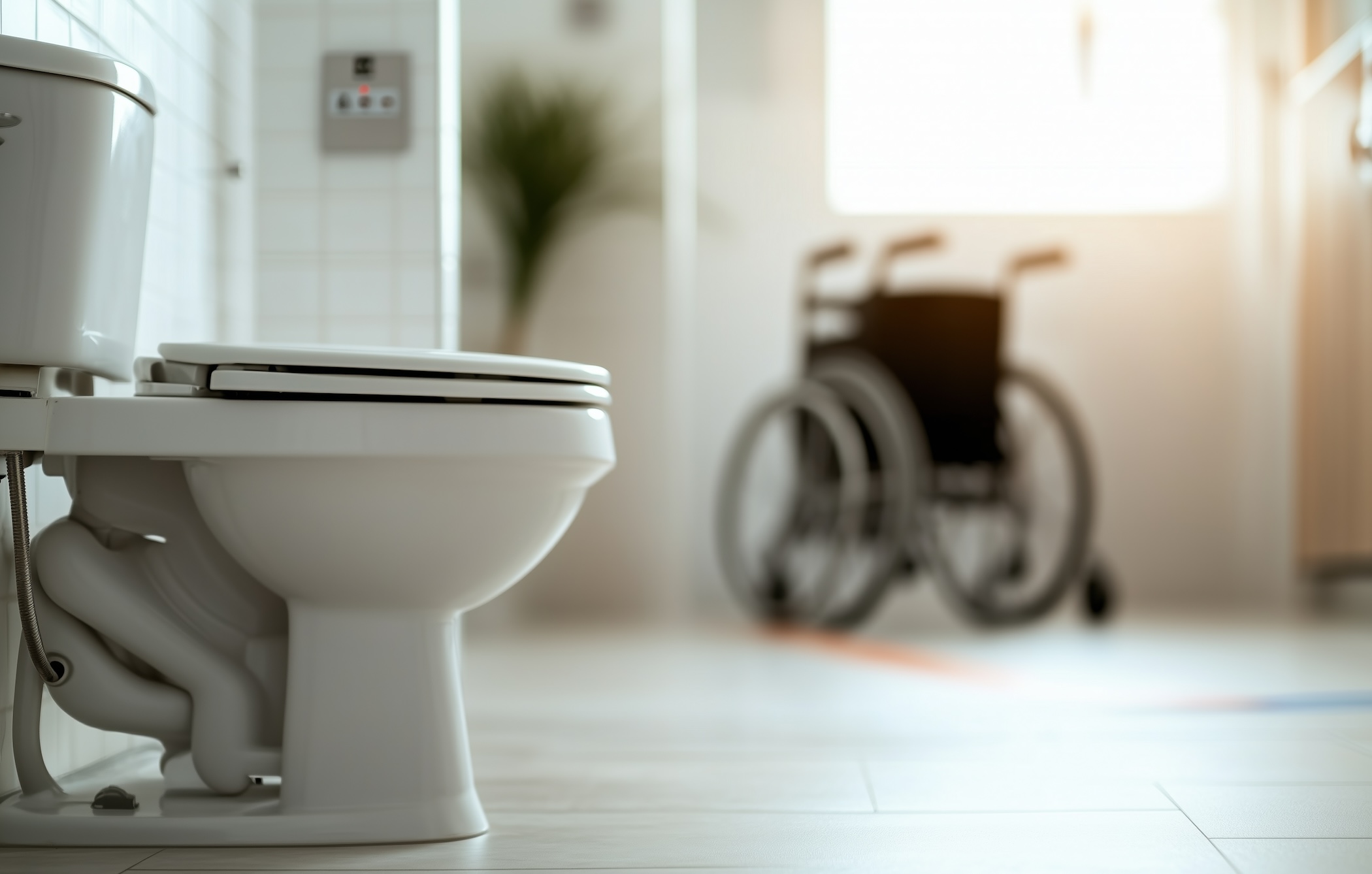
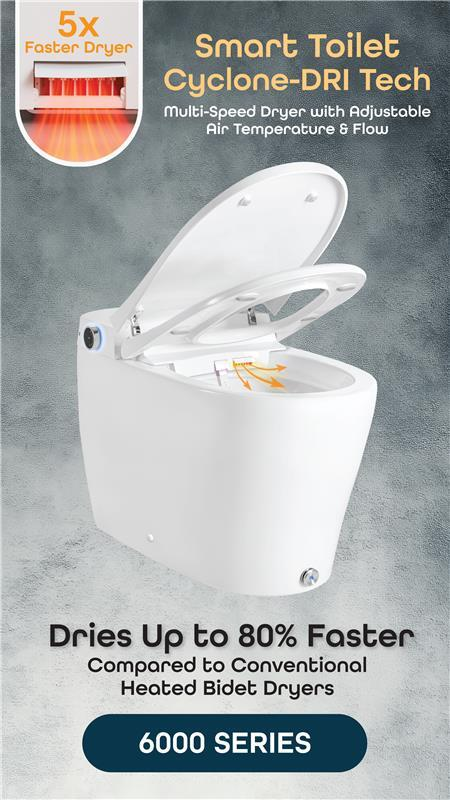
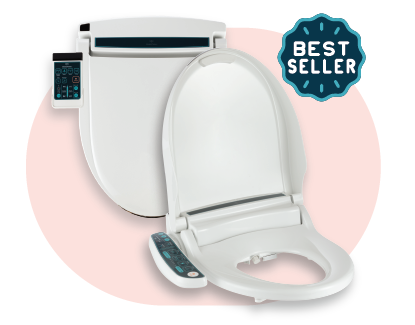
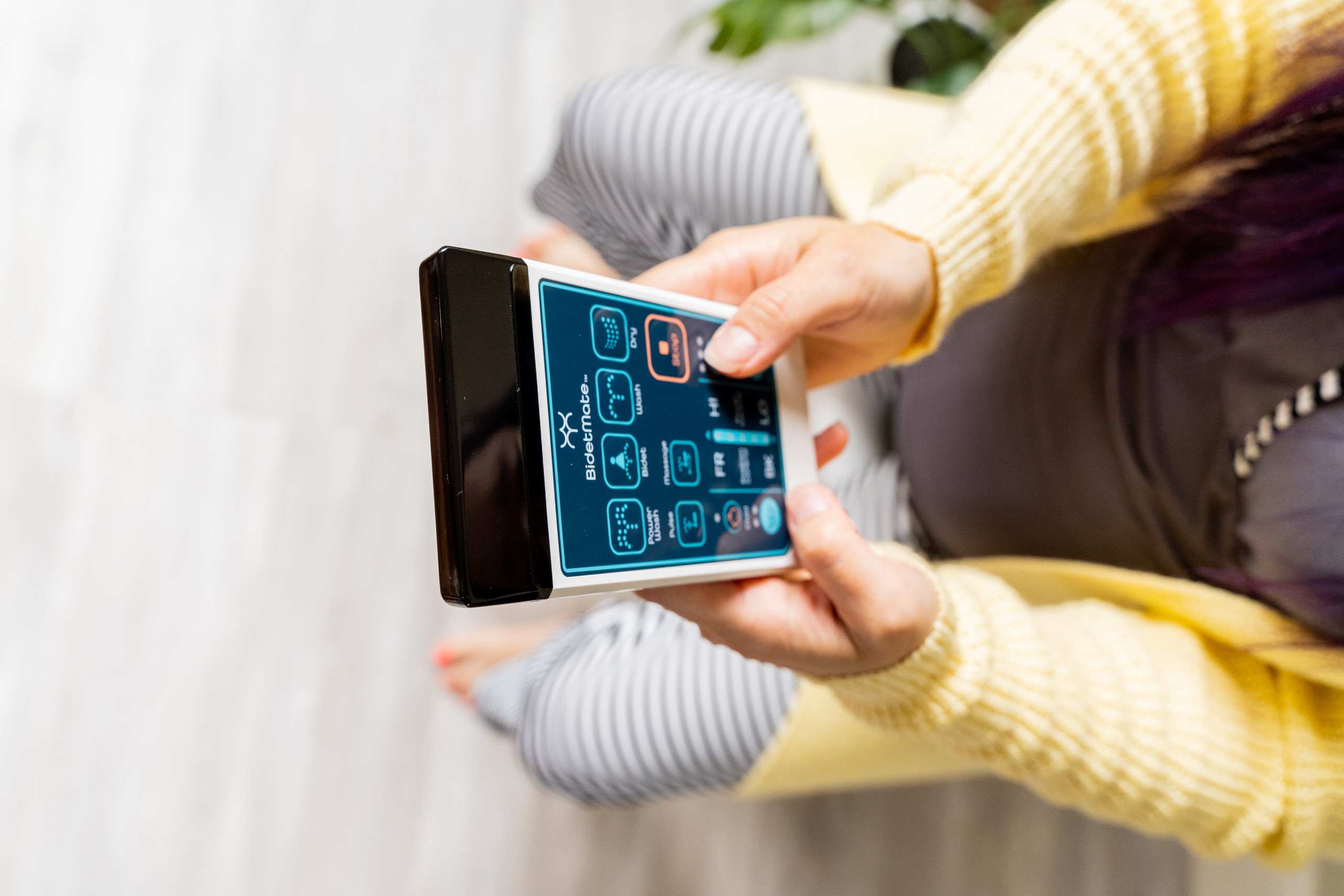


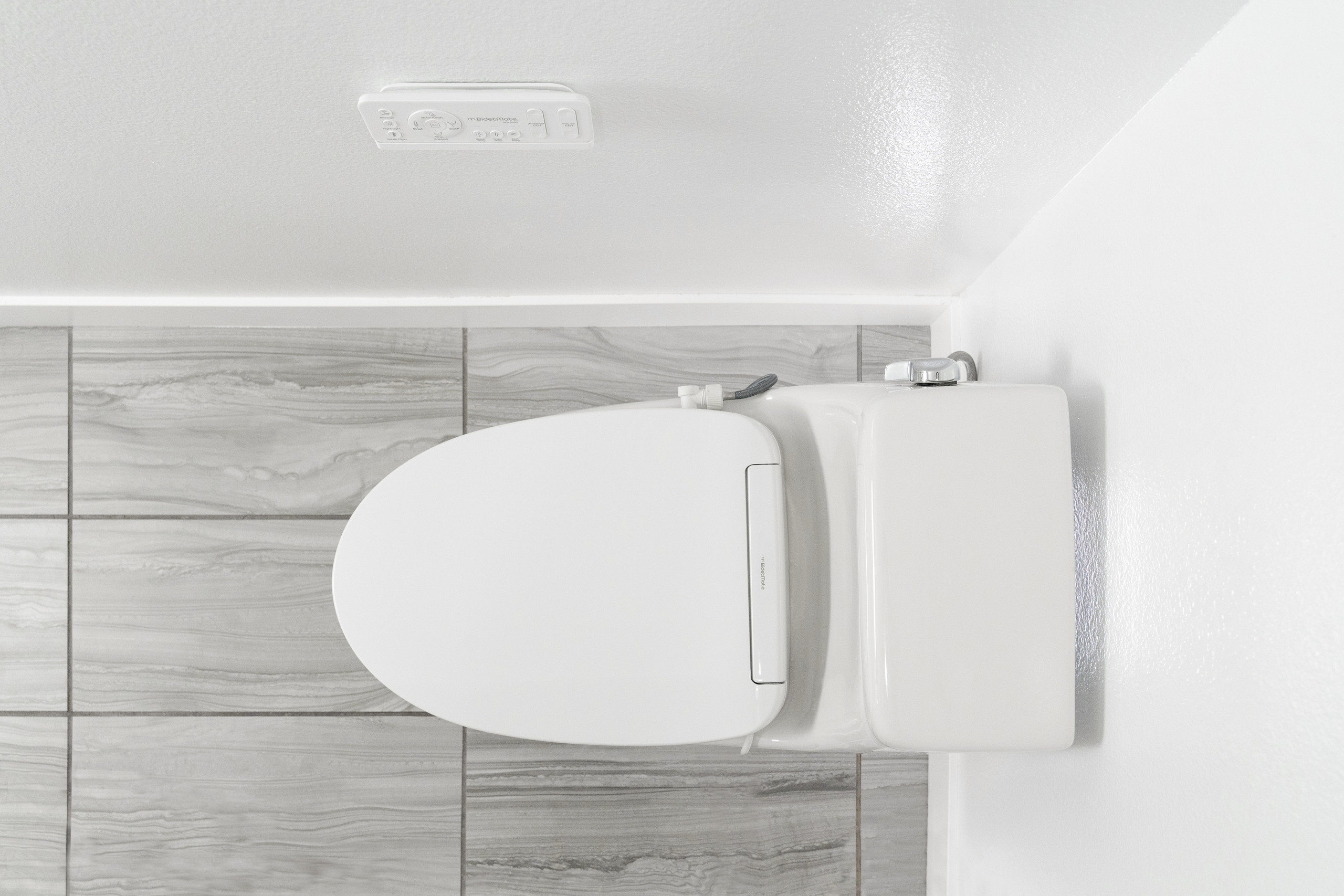

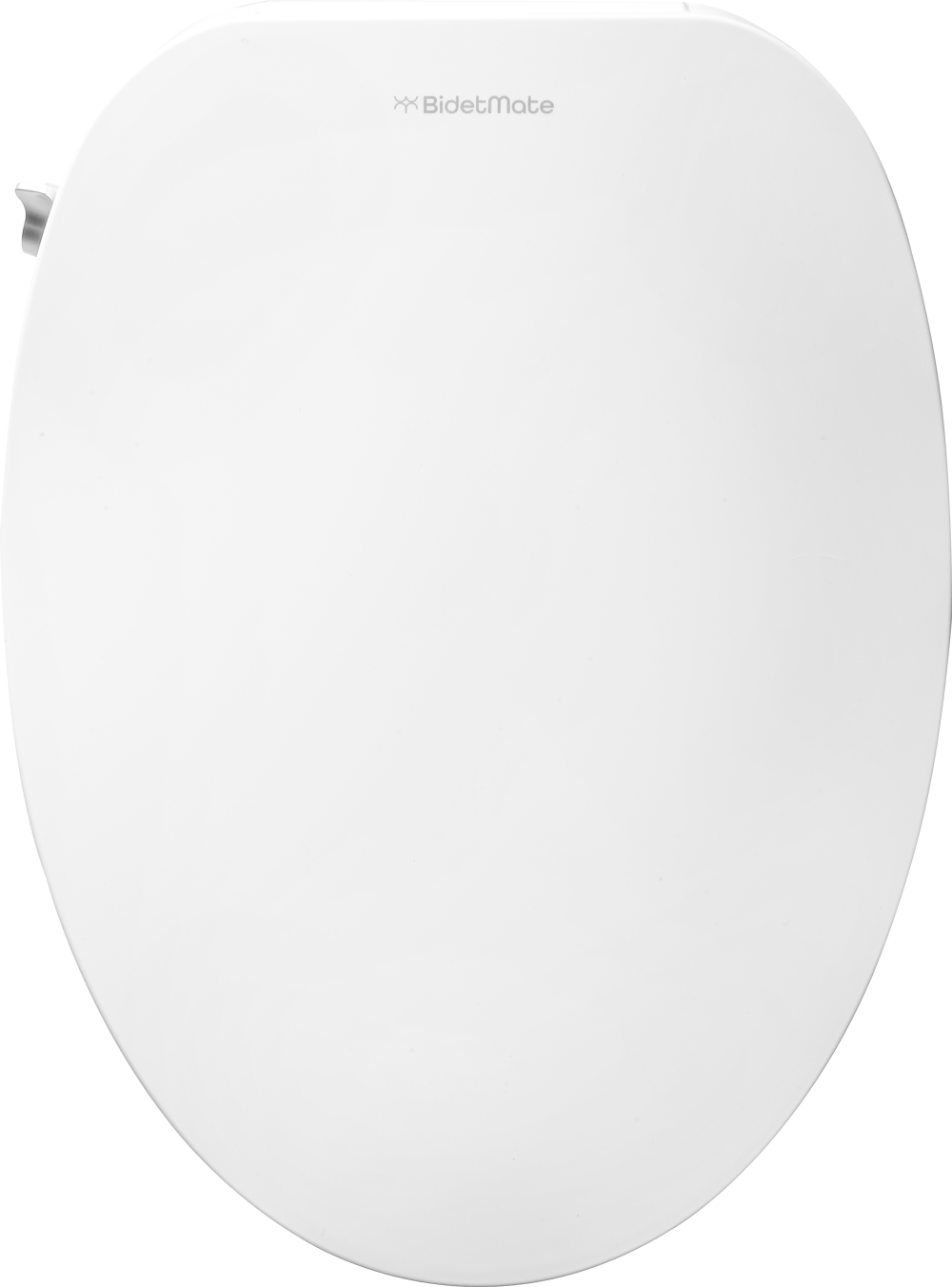
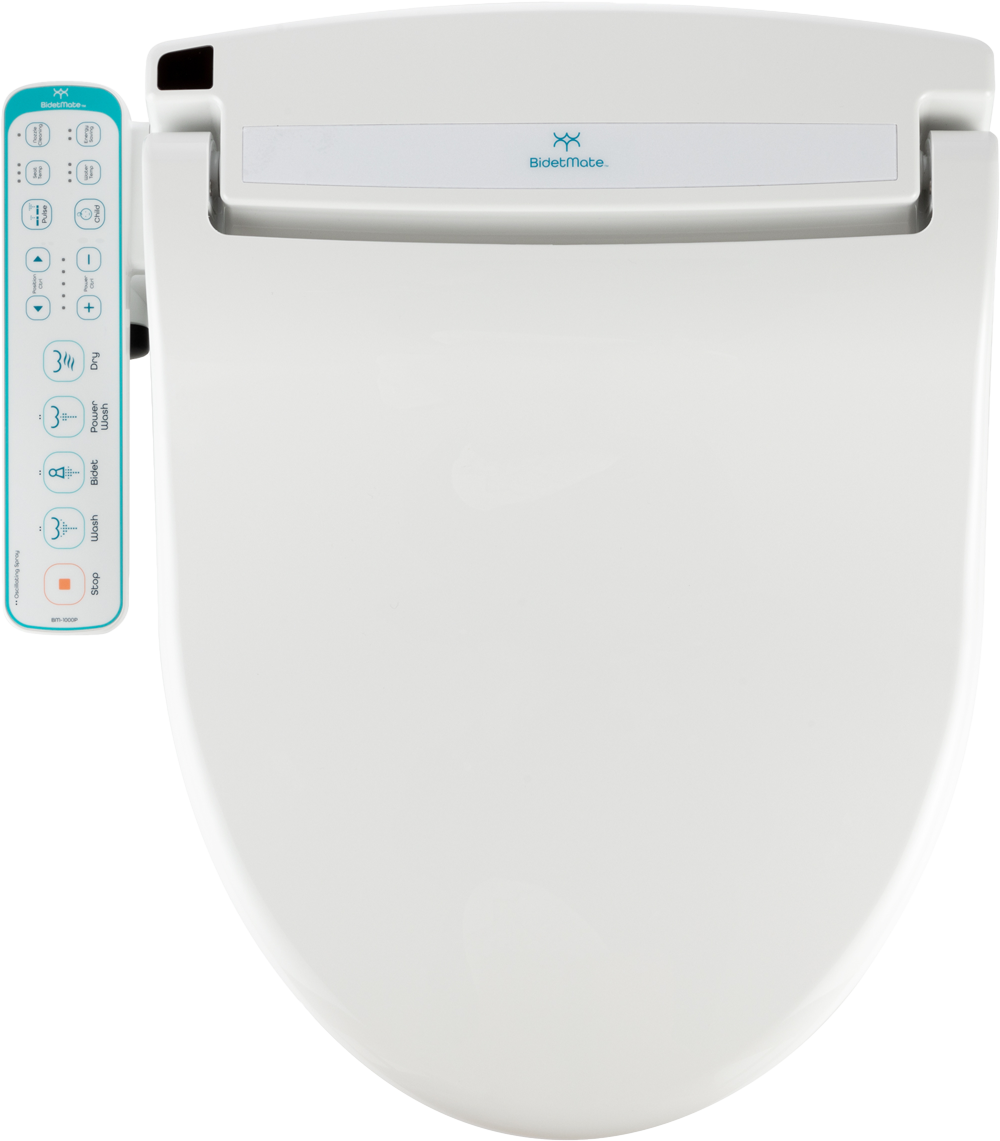
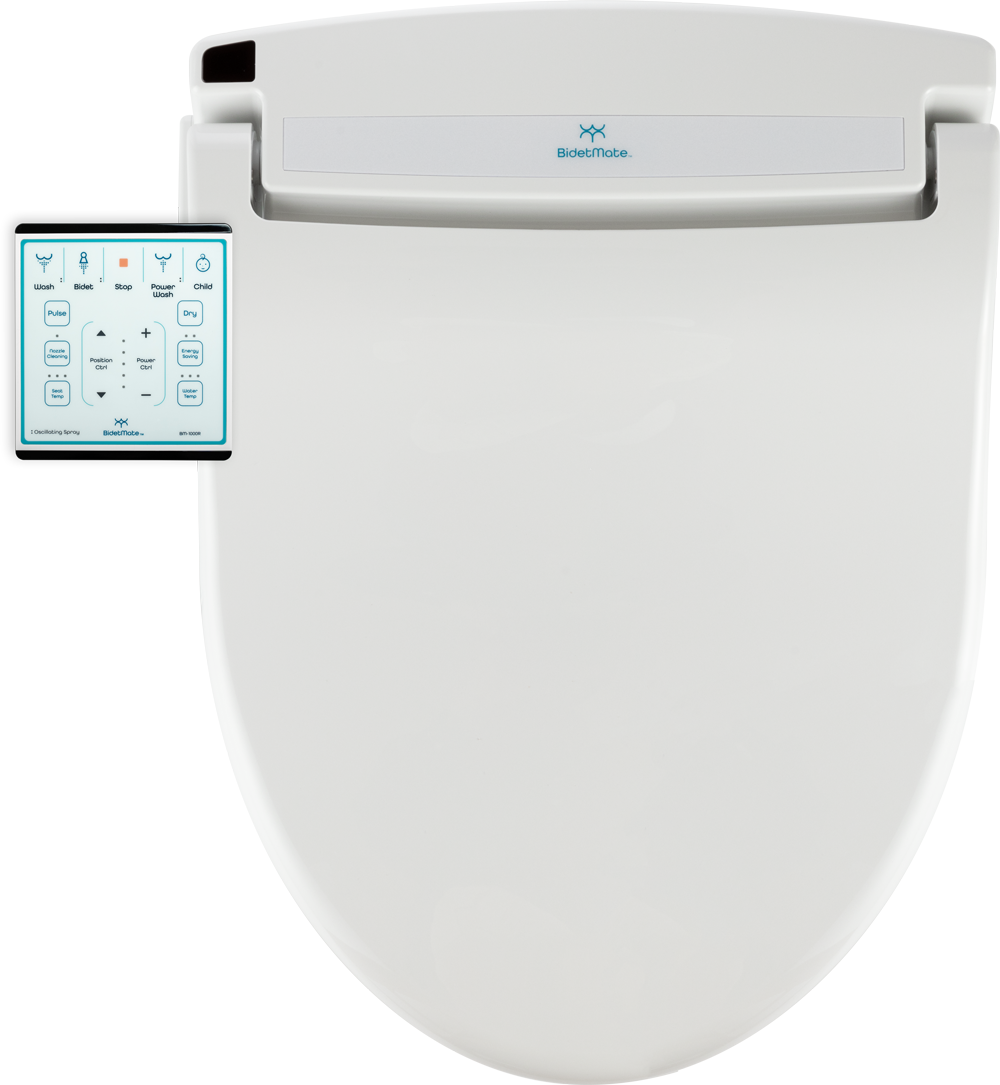


 END Shopper Approved - templates/layout/base.html
END Shopper Approved - templates/layout/base.html